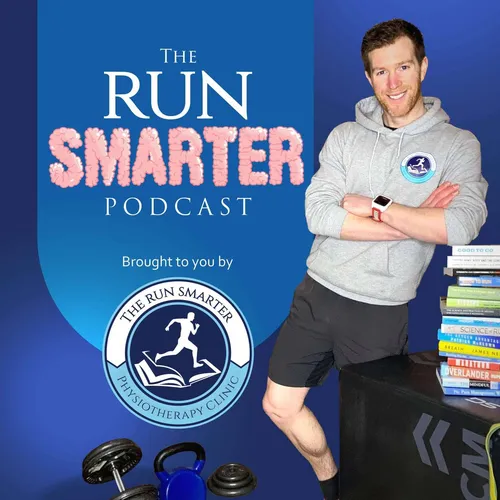Paper Review: Do Male & Female Tendons Heal Differently?
- Author
- Brodie Sharpe
- Published
- Sun 10 Aug 2025
- Episode Link
- https://share.transistor.fm/s/8c92c4ef
Learn more about Brodie's Research Database & AI Assistant 📄🔍
For MORE Run Smarter Resources 🏃♂️📚
- Including Free Injury Prevention Courses 🩹🎓
- The Run Smarter Book 📖
- Access to Research Papers 📄🔍
- & Ways to Work with Brodie 🤝👟
👉 CLICK HERE! 🎉✨
🧠 Episode Summary
In this episode, Brodie dives into a newly published paper titled “Female Tendons are from Venus and Male Tendons are from Mars: But Does it Matter for Tendon Health?” by Gerard McMahon and Jill Cook. The paper explores how male and female tendons differ in structure, adaptation, healing, and injury risk—and what it means for those dealing with tendinopathy.
🔍 What You’ll Learn
- Key structural differences between male and female tendons (size, stiffness, collagen synthesis)
- Why female tendons may stretch more but adapt less to training
- How men and women respond differently to tendon rehab protocols
- Surprising findings about pain, healing, and tendon blood flow
- Whether injury prevention or rehab should differ based on sex
📌 Key Takeaways
- Female tendons are more compliant, have lower stiffness, and show slower collagen production—even at rest.
- Male tendons respond more favorably to traditional rehab (like eccentric loading), often reporting greater pain reduction and functional improvements.
- Despite men experiencing more frequent tendon injuries in some data, women may be closer to their strain “danger zone” during exercise, possibly increasing injury risk.
- Women may need longer rehab timelines, heavier resistance training (beyond just eccentrics), and closer attention to recovery, nutrition, and hormonal cycles.
- Men should be cautious about overloading tendons due to higher force-generating capacity and should still progress gradually.
💡 For Runners With Tendinopathy
- Don’t compare your progress to someone of the opposite sex—recovery is sex-specific.
- Trust the process: healing may be happening at a microscopic level even if pain relief is slow.
- Tailor your rehab by considering not just gender, but also age, training history, injury severity, and more.
